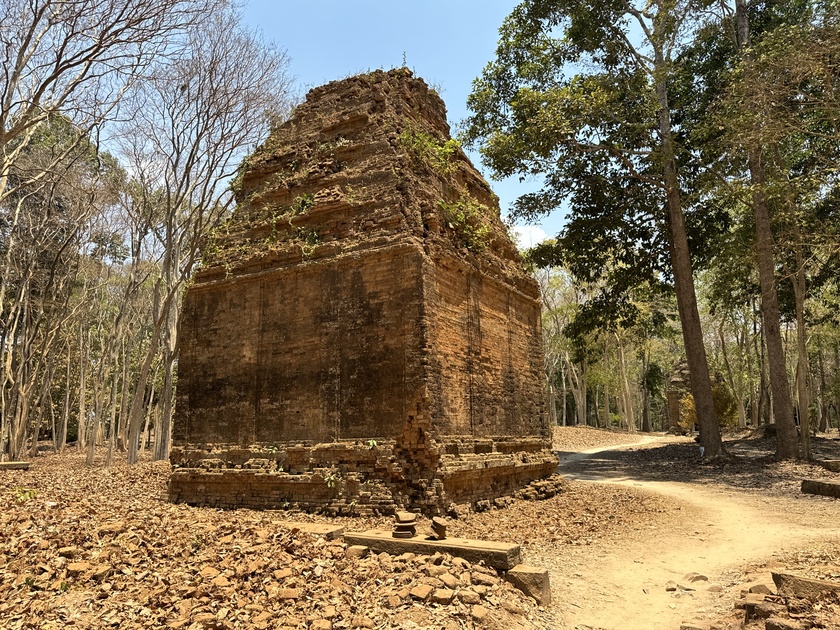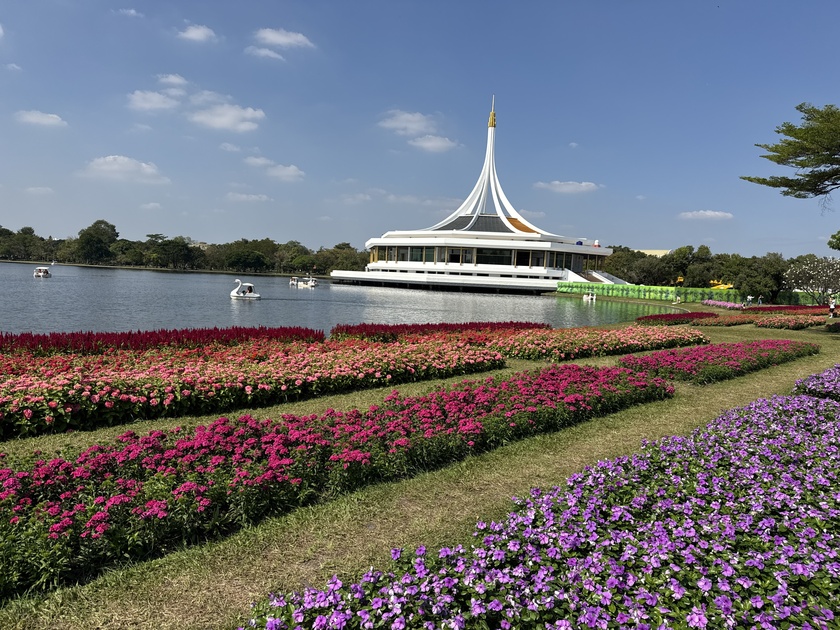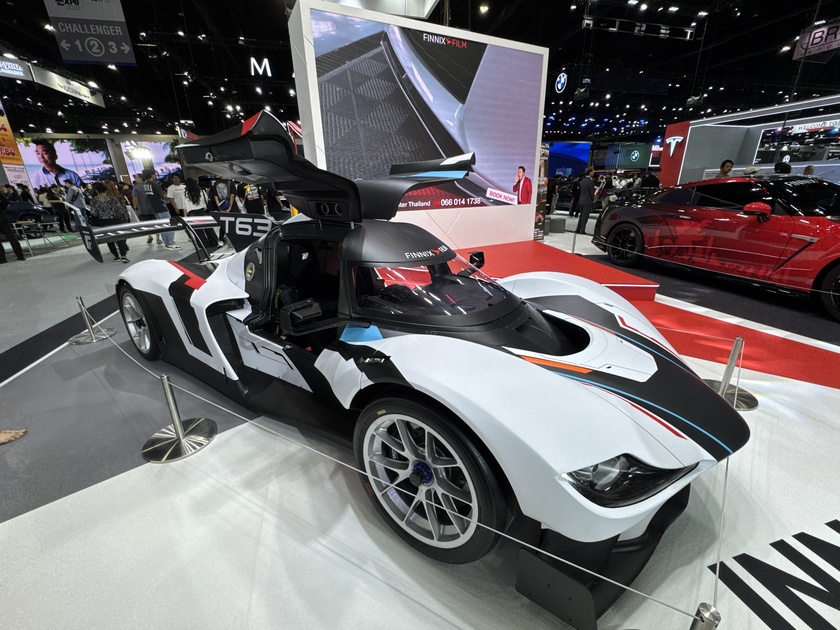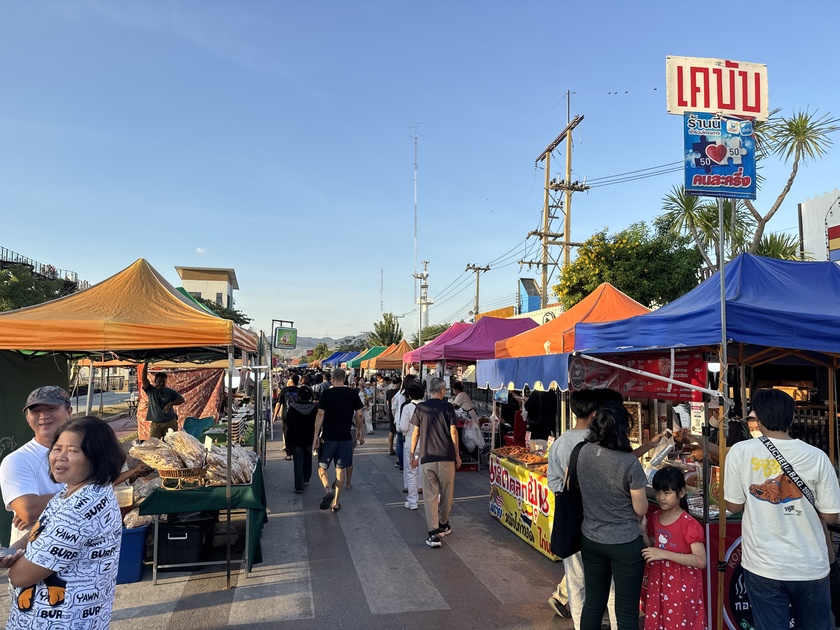Sambor Prei Kuk (Isanapura) សំបូរព្រៃគុហ៍ is an archaeological site in Cambodia located in Kampong Thom Province, 176 km (109 mi) east of Angkor and 206 km (128 mi) north of Phnom Penh.
The now ruined complex dates back to the Pre-Angkorian Chenla Kingdom (late 6th to 9th century), established by king Isanavarman I as central royal sanctuary and capital, known then as "Isanapura" ឦសានបុរ
In 2017, Sambor Prei Kuk was declared a UNESCO World Heritage Site.
Located on the Eastern bank of the Tonle Sap lake, close to the Steung Saen River, the central part of Sambor Prei Kuk is divided into three main groups.
Each group has a square layout surrounded by a brick wall. The structures of the overall archaeological area were constructed at variable times: the southern and north groups (7th century) by Isanavarman I, who is considered a possible founder of the city and the central group.
The buildings of Sambor Prei Kuk are characteristic of the ...
One of the most delightful flower festivals in Thailand, the Suanluang Rama IX Flower Festival is taking place again this year from 1-10 December, 2024. In addition to countless flowers the park hosts a floating market offering trafitional foods and crafts in cooperation with the TAT.
Suan Luang Rama IX สวนหลวง ร.๙, also referred to as King Rama IX Park, is a public park in Bangkok's Prawet District. With an area of 500 rai (200 acres), it is the largest park in the city.
The park was built to celebrate King Bhumibol Adulyadej's sixtieth birthday in 1987, and was opened by the King on 1 December that year. It features extensive botanical gardens, a lake, and a pavilion housing exhibits in honor of the King.
It is a beautiful area and a great break from the hustle and bustle of the city. The park is a great green spot to enjoy the wildlife and nature of the tropics. Countless flowers and trees are there to be photographed.
Suan Luang Rama IX Flower Festival 2025 - ...
The 42nd Thailand International Motor Expo 2025
The Thailand International Motor Expo (commonly known as Motor Expo) is Southeast Asia’s premier automotive showcase, featuring the latest in cars, motorcycles, boats, aircraft, motorsport gear, auto parts, car audio, and accessories.
The 2025 edition, themed “The Magnificent Motor Expo,” runs from November 29 to December 10, 2025, at IMPACT Challenger Halls 1–3 in Muang Thong Thani, Nonthaburi (a northern suburb of Bangkok). With over 42 brands from 8 countries participating, it’s a massive event that attracts around 1.5–2 million visitors annually, blending cutting-edge tech, test drives, and exclusive deals.
Over 42 automotive brands, including AION, Audi, BMW, BYD, Chery, Ford, Honda, Hyundai, Isuzu, Jeep, Kia, Lexus, Mazda, Mercedes-Benz, MG, Mitsubishi, Nissan, Porsche, Suzuki, Tesla, Toyota, Volvo, and Chinese EV giants like XPeng and Zeekr. Plus, independent tuners like M’Z Speed for custom mods.
Heavy emphasis on electric ...
Night markets are part of Thai culture and it’s a great way for friends and family to meet up for dinner or snacks away from the heat of the day.
Each Saturday evening a huge walking street night market opens next to the skywalk on the River Kwai in downtown Kanchanaburi. It’s about 1km of shops selling everything from local snacks to clothing and much more.
It’s known as Kanchanaburi Walking Street and Song Kwai Night Market. It is a popular place for the locals and tourists to spend an evening. Prices are very reasonable and it’s a must see if you are in the area.
Kanchanaburi Walking Street Night Market - Song Kwai Market - Thailand 2025




















































